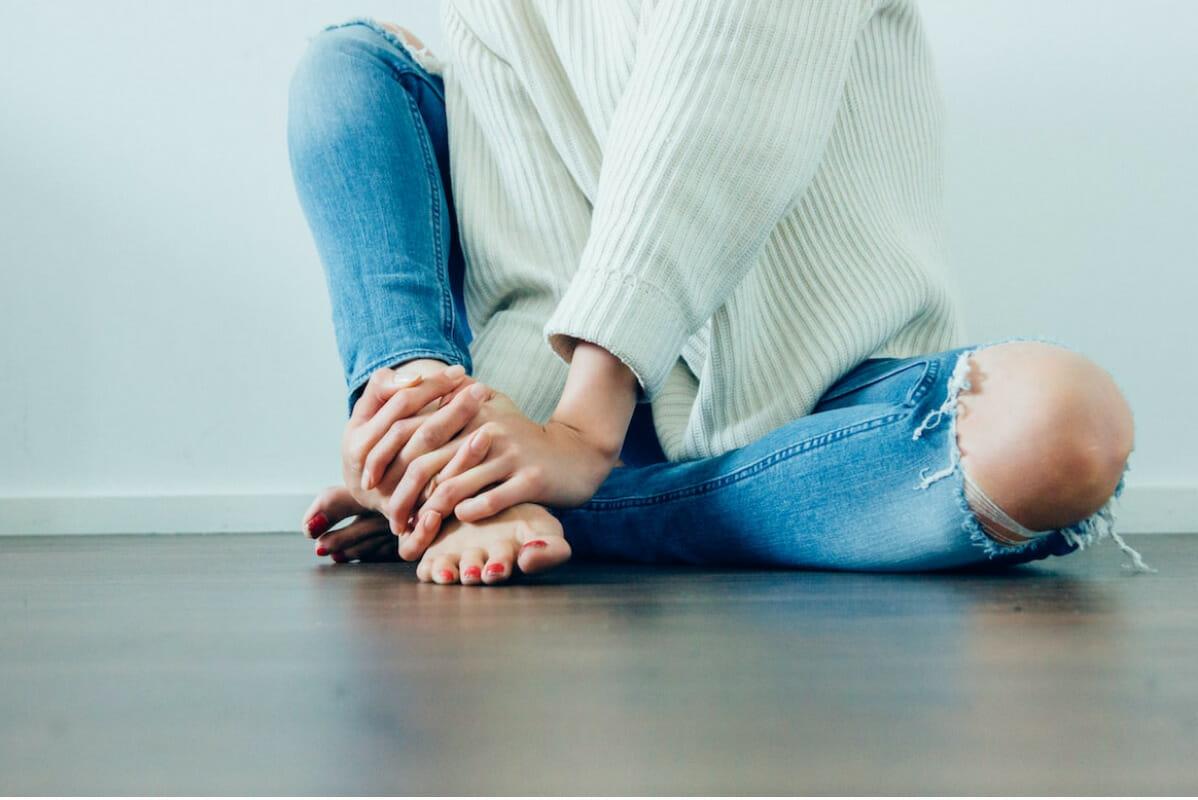Ever gone out for a run and experienced a sudden pain in the heel of your foot, or perhaps an excruciating burning sensation across your arch? Sports-related foot injuries are more common than you might think—from blisters to Achilles tendonitis, sore toes to broken bones. Understanding the symptoms and taking action quickly helps ensure that these injuries don’t become too severe or long-lasting. To help keep yourself safe while participating in physical activities, get familiar with the signs of some of the most common foot injuries and learn how best to take care of them if they do occur.
Home treatments
Minor foot injuries like sprains and strains can cause a lot of discomfort and swelling, but there are simple home remedies that can help reduce the pain. Some effective options include icing the affected area, elevating the foot, applying compression bandages, and taking anti-inflammatory medications. However, keep in mind that these remedies should only be used for minor injuries, and for serious or persistent pain, it’s important to consult an orthopaedic specialist for further evaluation and treatment. Don’t let foot injuries slow you down, try out these helpful home treatments today!
Understand common foot injuries
Our feet are essential to our mobility and overall well-being. However, they are also prone to injuries that can leave us limping and in pain. Understanding common foot injuries is essential to prevent and treat them effectively. Sprains, fractures, strains, blisters, and plantar fasciitis are some of the common foot injuries that can impact our daily lives. It’s crucial to familiarize yourself with the signs and symptoms of these injuries so that you can take immediate action to prevent further damage. By doing so, you can take care of your feet and keep them healthy and pain-free for years to come.
Common causes of foot pain
Our feet go through a lot every day, and it’s no wonder we sometimes experience aches and pains. From running and jumping to simply wearing ill-fitting shoes, there are many activities that can cause discomfort or injury in our feet. Plantar fasciitis is a common culprit, caused by inflammation of the thick band of tissue that runs across the bottom of your foot, resulting in sharp pain in the heel or arch. Another frequent cause of foot pain is Achilles tendonitis, which can occur when the tendon that connects your heel to your calf muscle becomes inflamed. Whether you’re a seasoned athlete or just starting a new workout routine, it’s important to be mindful of how you treat your feet and to address any pain or discomfort quickly to prevent further damage.
Recognizing the signs
It’s important to be aware of the warning signs when it comes to injuries. Recognizing them early on can lead to quicker treatment and a faster healing process. Keep an eye out for redness and swelling in the affected area, as well as increased pain when walking or standing. Difficulty moving, even in small ways, can also be a sign that something is wrong. By paying close attention to these warning signs, you can take action to address the injury and get back to full health sooner.
Prevention tips
Taking preventive measures is key when it comes to avoiding foot injuries during exercise. It’s important to wear the proper shoes for your activity, as this can provide the necessary support and cushioning to protect your feet. Additionally, taking the time to stretch before starting your workout can help increase flexibility and reduce the risk of strain or sprain. Don’t overlook the importance of foot care in your fitness routine – by implementing these simple steps, you can help keep your feet healthy and pain-free.
Foot injuries can be debilitating and cause long-lasting discomfort or even permanent damage if left untreated. It’s important to recognize the signs of common foot injuries so you can take action and seek medical care right away if needed. Taking preventive measures such as wearing the appropriate shoes for your feet, stretching before activity, and consistently monitoring pain levels can help minimize your risk of injury. If you do experience foot pain, it’s best to follow up with a doctor or physical therapist to get an accurate diagnosis and develop a treatment plan tailored to your needs.

